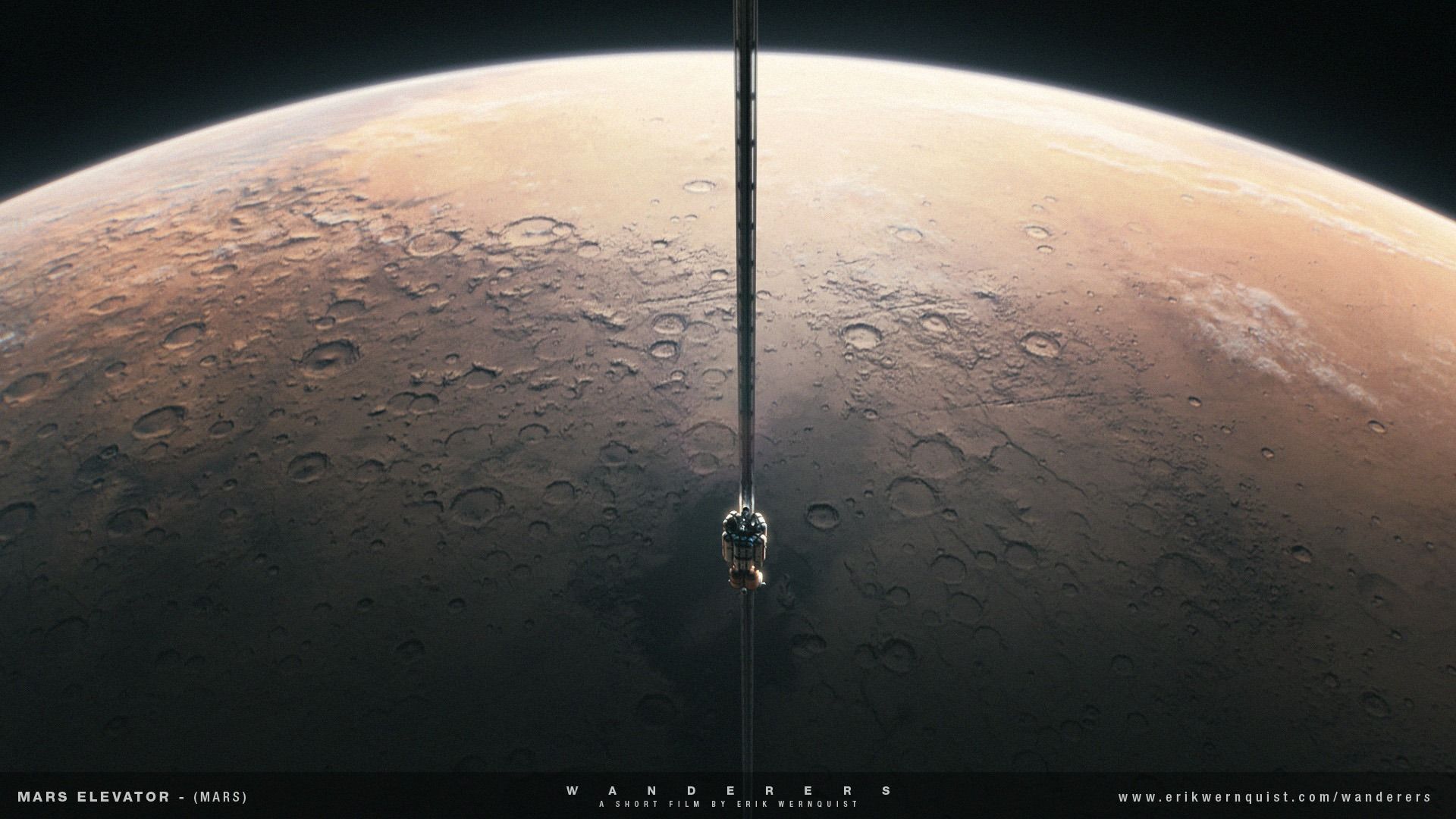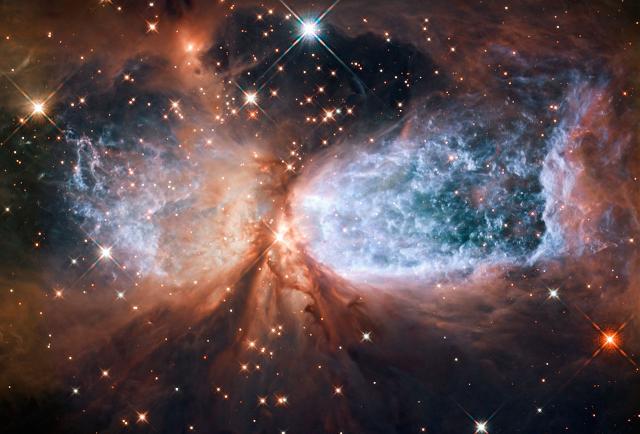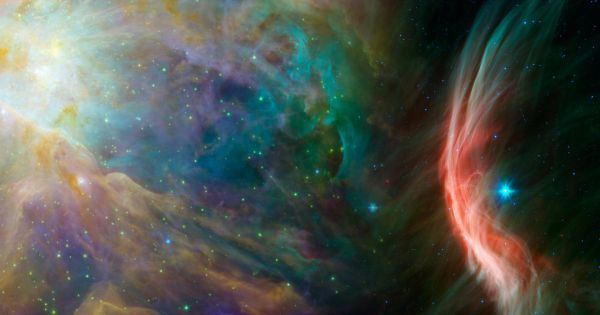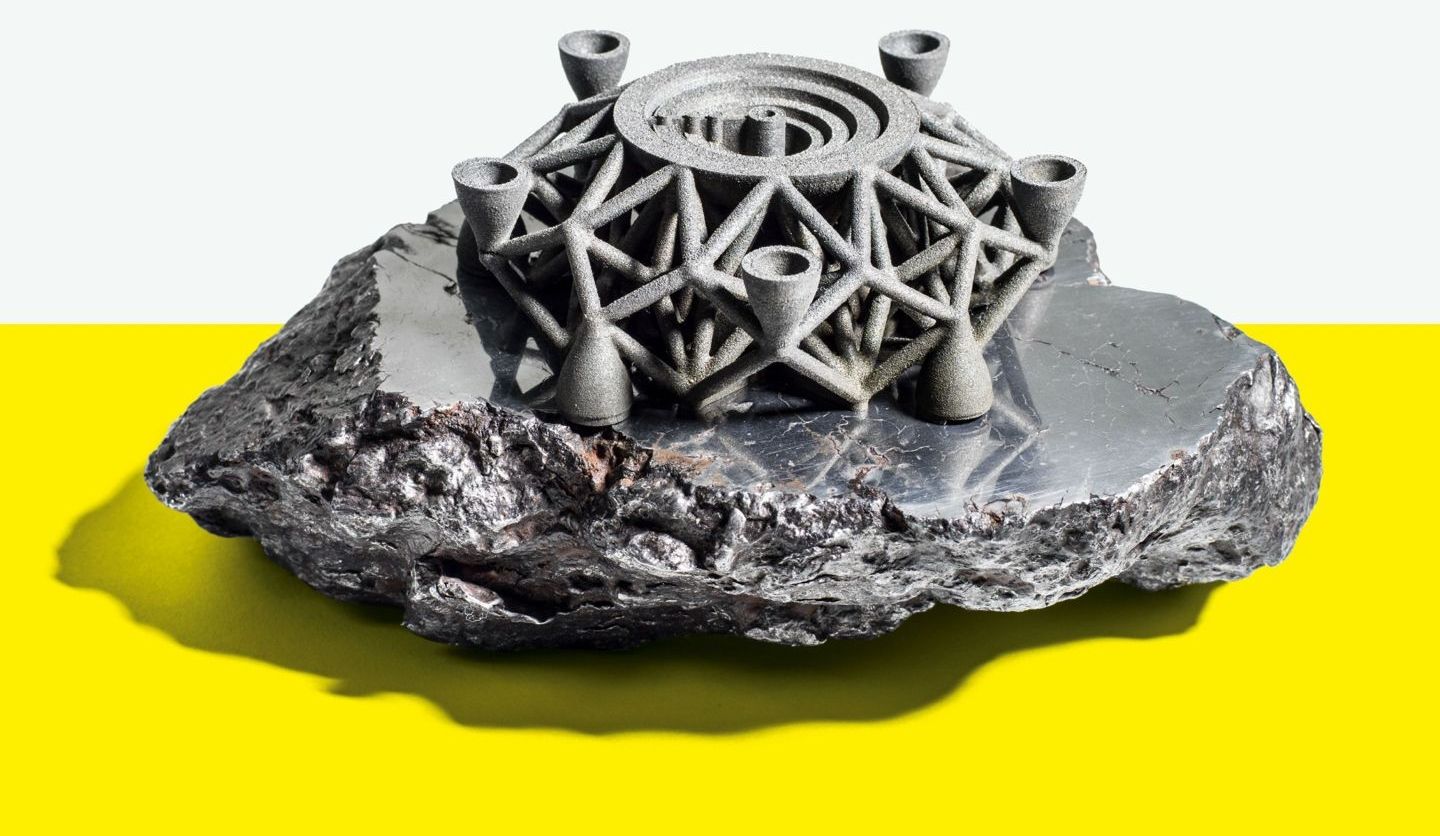Great space art by Alexandra Hodgson!
More art by Alexandra:
https://www.artstation.com/artist/alexandrahodgson

Great space art by Alexandra Hodgson!
More art by Alexandra:
https://www.artstation.com/artist/alexandrahodgson

Even after 400 generations in villages and cities, we haven’t forgotten. The open road still softly calls, like a nearly forgotten song of childhood.” Carl Sagan.
Mars colonization — Wanderers and Gosh by Erik Wernquist.
https://magpieaesthetic.com/erik-wernquist-beautiful-vision-of-whats-beyond/



NASA’s Space Technology Mission Directorate (STMD) is keenly interested in nanotechnology – an approach that can reduce the mass and improve the performance of aerospace systems. NASA computer modeling analysis has shown that composites using carbon nanotube reinforcements could lead to a 30 percent reduction in the total mass of a launch vehicle.
“No single technology would have that much of an impact to reduce the mass of a launch vehicle by that much,” explains Michael Meador, Program Element Manager for Lightweight Materials and Manufacturing at NASA’s Glenn Research Center in Cleveland, Ohio.
Tensile properties of a carbon nanotube fiber-based composite tank were tested in a May 16 test flight.

The grand theory of almost everything actually represents a collection of several mathematical models that proved to be timeless interpretations of the laws of physics.
Here is a brief tour of the topics covered in this gargantuan equation.
This version of the Standard Model is written in the Lagrangian form. The Lagrangian is a fancy way of writing an equation to determine the state of a changing system and explain the maximum possible energy the system can maintain.


We are a new aerospace start-up company that aims to open up the possibilities and potential of an off-Earth commercial market. We aim to develop ground breaking technologies that will enable the extraction, processing and use of materials derived from the many millions of asteroids known to exist near Earth and further afield.